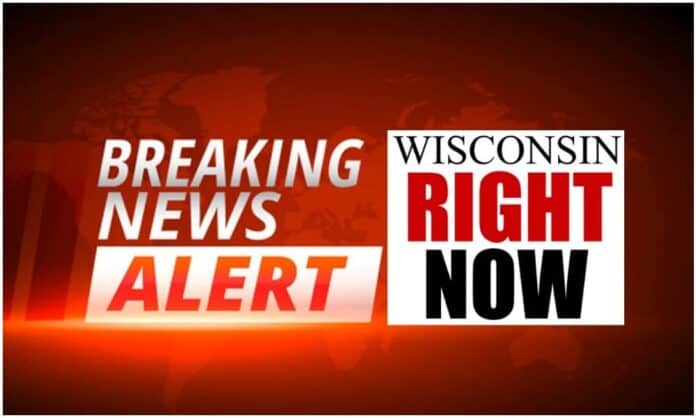Two organizations that help promote broadband growth in the U.S. recently launched an initiative to help low-income students get high-speed internet at home. The program will help facilitate access without costing taxpayers big dollars. This comes at a critical time when parents and students are trying to stay connected and learn from home.
NCTA (the Internet & Television Association) and the EducationSuperHighway (ESH) started the public-private partnership K-12 Bridge to Broadband to aid education during a time when many students are faced with remote or hybrid learning.
“America’s broadband networks are continuing to play a critical role in helping the nation adapt to changes in daily life required by the COVID pandemic,” said Michael Powell, president and CEO of NCTA. “As the school year begins, these changes are front and center in many parts of the country, with family rooms temporarily replacing classrooms and more schools using online instruction to continue their educational mission. The cable industry is continuing to provide robust and reliable service and is redoubling our efforts to work collaboratively with schools, communities and other partners to get families connected through innovative new service models that will foster and sustain the educational progress of our children.”
Under this program, broadband providers will partner with schools, who in turn will purchase access for unconnected families in their districts at discounted rates. The companies will work with schools to identify students who need access and establish a baseline for who qualifies. The organizations note that “at a minimum,” the baseline standards will include households with students who receive free or reduced lunches at school.
Comcast, Charter, Cox and Mediacom are among the providers who have committed to the program. In all, partners offer broadband service to 80 percent of American homes.
Evan Marwell, founder of ESH, said students who lack a good internet connection at home are falling behind during the pandemic. ESH consults with states and school districts to connect classrooms with high-speed internet.
“By giving schools the data that shows which students need access, we can speed up the process of getting kids back to learning as quickly as possible,” he said.
The K-12 Bridge to Broadband is modeled after similar partnerships in such cities as Atlanta, Chicago and Las Vegas. For example, in Chicago, the public schools and city leaders recognized that remote learning could be required if the pandemic gets worse this fall so they created Chicago Connected. The four-year, $50-million initiative will attempt to close the connectivity gap by using both public and private resources to provide remote learning opportunities for 100,000 students.
“The pandemic has not made the internet indispensible, but it has revealed that it always has been,” said Daniel Anello, CEO of Kids First Chicago, whose report on connectivity found that low-income and minority students are disproportionately affected by lack of broadband access in the city.
Regulators continue to work on ways to increase access without using taxpayer resources.
The Federal Communications Commission (FCC) waived rules in its Rural Health Care and E-Rate programs designed to curtail waste, fraud or abuse that forbid government facilities that receive federal subsidies from accepting anything of value from participating internet providers. After the rules were relaxed, those providers could then donate Wi-Fi hotspots and other equipment that libraries and schools could use to facilitate access to students who lacked broadband.
The FCC also allowed wireless carriers to tap into unused spectrum to improve internet capabilities in areas with poor high-speed access via wired, fiber connections.
By Johnny Kampis | The Center Square
Go to Source
Reposted with permission
















